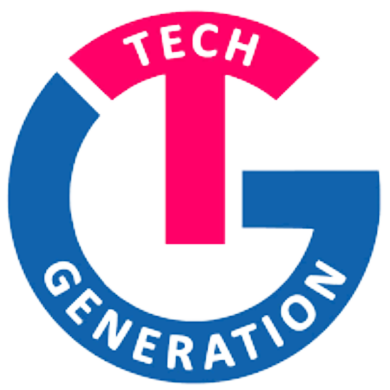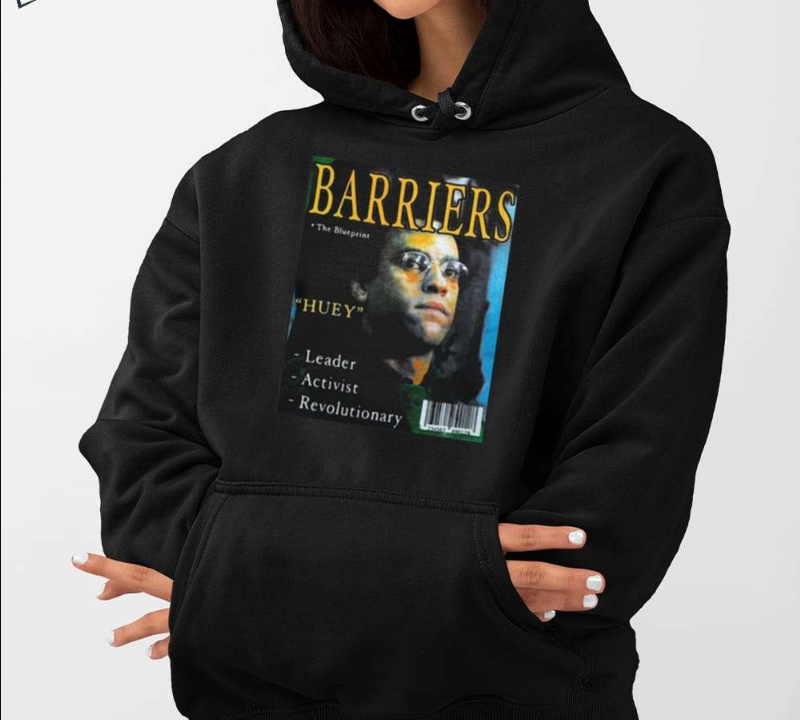Barriers Clothing refers to the challenges and limitations individuals face regarding clothing, encompassing both physical and societal obstacles. Clothing plays a crucial role not only in providing protection and comfort but also in expressing one’s identity and personality. However, for many people, various barriers hinder their ability to access and enjoy clothing fully.
The Importance of Clothing
Barriers Clothing is more than just fabric stitched together; it is a means of self-expression, cultural representation, and personal identity. It serves practical functions like protection from the elements and safety in different environments. Moreover, clothing can significantly impact how individuals perceive themselves and how others perceive them.
Physical Barriers
Physical barriers refer to challenges individuals face due to their unique physical characteristics or disabilities. This includes issues such as limited mobility, sensory sensitivities, or medical conditions that affect dressing independently.
Societal Barriers
Societal barriers are those imposed by social norms, stereotypes, and systemic inequalities. These barriers may include limited options for diverse body sizes, gender-specific clothing norms, and lack of representation for marginalized communities in the fashion industry.
Challenges Faced Due to Barriers in Clothing
The barriers in clothing present various challenges that impact individuals’ daily lives and overall well-being.
Accessibility Issues
Many individuals with disabilities encounter difficulties finding clothing that accommodates their specific needs, such as adaptive features for wheelchair users or sensory-friendly fabrics for individuals with autism.
Identity and Expression
Societal norms often dictate what is considered “appropriate” clothing based on gender, body size, or cultural background, limiting individuals’ ability to express their true identity through fashion.
Economic Constraints
High-quality adaptive Barriers Hoodie and inclusive fashion lines are often more expensive, creating financial barriers for individuals who cannot afford these specialized garments.
Innovations in Inclusive Fashion
Despite the challenges, the fashion industry has made significant strides in promoting inclusivity and accessibility.
Adaptive Clothing Designs
Designers are incorporating adaptive features such as magnetic closures, adjustable straps, and stretchable fabrics to make clothing more functional for individuals with disabilities.
Universal Design Principles
The concept of universal design aims to create products and environments that are accessible to people of all abilities, leading to the development of clothing lines that prioritize versatility, comfort, and inclusivity.
Breaking Down Societal Stigmas
Efforts to challenge societal norms and promote diversity are essential in creating a more inclusive fashion landscape.
Body Positivity Movements
Body positivity campaigns advocate for acceptance and celebration of diverse body types, challenging unrealistic beauty standards perpetuated by the fashion industry.
Diverse Representation in Fashion Industry
Increased representation of marginalized communities, including people of color, LGBTQ+ individuals, and individuals with disabilities, is crucial for fostering inclusivity and empowering individuals to embrace their unique identities.
Empowering Individuals Through Clothing
Clothing has the power to boost self-confidence, foster self-expression, and promote social inclusion.
Self-Expression and Confidence
When individuals can find clothing that reflects their personality and makes them feel comfortable and confident, it enhances their overall well-being and sense of self-worth.
Promoting Inclusivity and Diversity
By embracing diversity in fashion, we create a more inclusive society where everyone feels seen, valued, and represented.
Overcoming Barriers in Fashion Education
Education plays a vital role in promoting inclusivity and empowering future generations of fashion professionals.
Accessible Learning Resources
Providing accessible education and training opportunities for aspiring designers and fashion professionals ensures that they have the knowledge and skills to create inclusive clothing designs.
Supportive Communities
Building supportive communities within the fashion industry fosters collaboration, knowledge-sharing, and mentorship, creating pathways for inclusivity and innovation.
Government and Policy Initiatives
Government policies and regulations can also play a significant role in promoting accessibility and diversity within the fashion industry.
Accessibility Laws and Regulations
Implementing and enforcing laws that require accessibility standards in clothing design and retail spaces ensures equal access to fashion for individuals with disabilities.
Promoting Diversity in Fashion Industry
Government initiatives that promote diversity and inclusion, such as funding for minority-owned fashion businesses and diversity quotas in fashion schools and companies, contribute to a more equitable industry.
Conclusion
In conclusion, addressing barriers in clothing is essential for creating a more inclusive and accessible fashion landscape. By understanding and overcoming physical and societal obstacles, we can empower individuals to express themselves authentically through clothing and promote diversity and inclusivity within the fashion industry.

